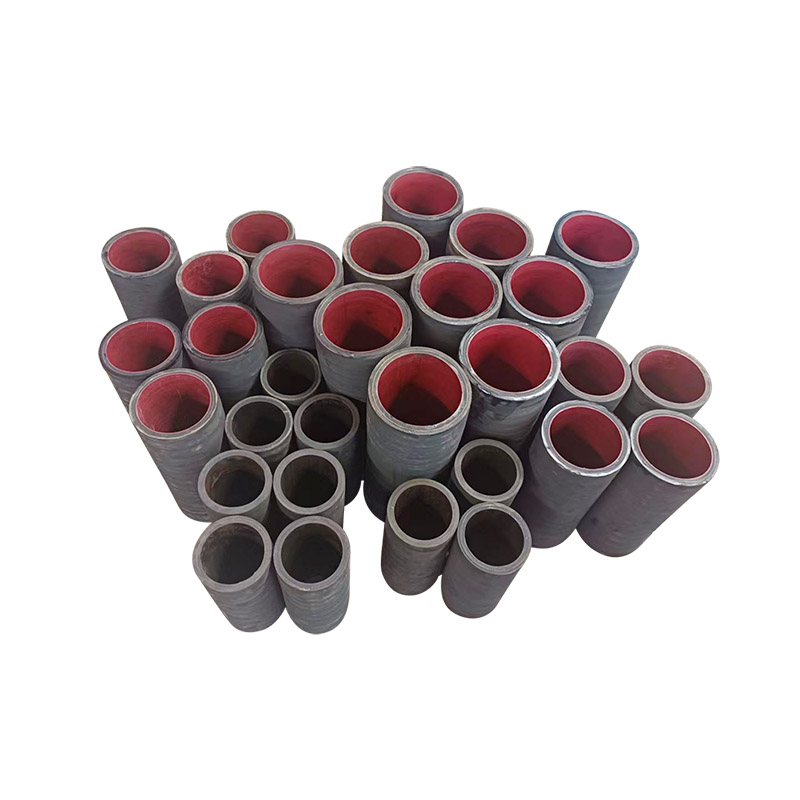Rubber soft connections, also known as rubber expansion joints or rubber compensators, are flexible components used in piping systems to absorb movement, vibration, and noise. Here are some of the main characteristics of rubber soft connections:
Flexibility: Rubber soft connections are highly flexible and can accommodate various types of movement in piping systems, including axial, lateral, and angular movements. This flexibility helps to absorb vibrations, thermal expansion/contraction, and shocks, thereby reducing stress on the piping system and its components.
Noise and Vibration Reduction: Rubber soft connections have excellent vibration-damping properties, which help reduce noise transmission and vibration levels in the piping system. They absorb and isolate vibrations, preventing them from propagating to other parts of the system or surrounding structures.
Compensate for Misalignment: Rubber soft connections can compensate for minor misalignment between pipe sections or equipment, allowing for easier installation and alignment during piping system assembly. They can help accommodate small angular, axial, or lateral deviations, ensuring a proper connection without exerting excessive stress on the pipes.
Chemical Resistance: Rubber soft connections are typically constructed from elastomers that exhibit good resistance to a wide range of chemicals, including acids, alkalis, oils, and solvents. This chemical resistance helps ensure the longevity and performance of the soft connection when exposed to corrosive or aggressive media.
Temperature and Pressure Resistance: Rubber soft connections are designed to withstand a wide range of temperatures and pressures commonly encountered in piping systems. They are often engineered to be suitable for both high and low-temperature applications, making them versatile for use in various industries and environments.
Shock Absorption: Rubber soft connections can absorb and dampen shocks caused by pressure surges, water hammer, or sudden changes in flow rates within the piping system. This characteristic helps protect the system from damage and extends the lifespan of the pipes and equipment.
Easy Maintenance and Inspection: Rubber soft connections are generally easy to install, remove, and inspect. Their flexibility and accessibility allow for visual inspections and maintenance of the rubber components, ensuring their integrity and identifying any signs of wear, damage, or degradation.
Electrical Insulation: Rubber soft connections provide electrical insulation between connected components, preventing the flow of electrical currents and eliminating the risk of galvanic corrosion or electrical hazards in the piping system.
Wide Range of Sizes and Configurations: Rubber soft connections are available in a variety of sizes, shapes, and configurations to suit different piping system requirements. This allows for compatibility with various pipe diameters, connection types, and specific installation conditions.
It's important to note that the specific characteristics of rubber soft connections may vary depending on the design, materials used, and the manufacturer. Therefore, it's advisable to consult the manufacturer's documentation or technical specifications for detailed information on a particular rubber soft connection product.


